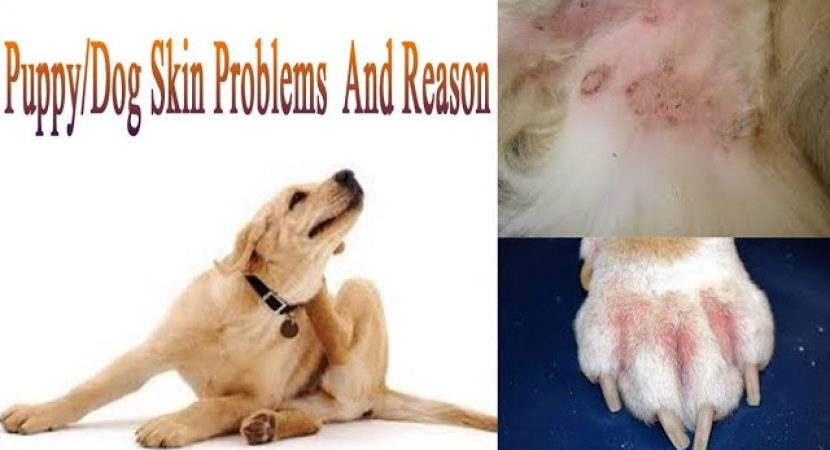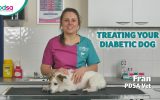Find more at http://www.bholashola.com
Download Our Android App: https://play.google.com/store/apps/details?id=com.bholashola.bholashola&hl=en
Download Our iOS iPhone App:
https://itunes.apple.com/in/app/bhola-shola/id1331711986
====== Social Links ==========
Facebook: http://www.facebook.com/bholashola
Twitter: https://twitter.com/bholashola
Instagram: https://www.instagram.com/bholashola/
Google Plus: https://plus.google.com/+bholashola
Pinterest: https://in.pinterest.com/bholashola/
LinkedIn: https://www.linkedin.com/company/bholashola
UC News: http://con.mp.ucweb.com/personal/index/2221e32ffcb3475cbb650a312d33410d
Pet Care is a pet awareness initiative by Harwinder Grewal. Who is a director of Bhola Shola Pet Services and Farm Private Limited. In his videos, you can get deep knowledge about pets in the Hindi Language. He also tells most of the hidden aspects of Dog Business and Pets Business.
For more details about microchip registration click on the link for watching a complete video click on the link please
link:-https://youtu.be/eWosNEZXCEw
5 Common Dog Skin Problems
1. Itchy Skin
Dogs with itchy skin, officially referred to as pruritus, are a very common sight in the clinic. In fact, dog itching is the primary complaint associated with up to 40% of all vet visits for a skin problem. Persistent scratching can consume a dog’s life, keeping both the pet and the owner up all night. Those who have suffered alongside their itchy dog are well versed in the sounds of a dog going to town on his own leg in the middle of the night. In addition to feeling miserable, itchy dogs can develop secondary skin lesions, infections, and hair loss from the trauma of teeth and nails on their skin.
2. Allergies
So what causes a dog to itch? Allergies are a very common cause of itchy skin, and can be further divided into three major categories: fleas, environment, and food. While flea bites cause a transient irritation to both pets and people, dogs with a true flea allergy are hypersensitive. One bite can be enough to trigger a systemic bout of chewing and scratching. Fleas can be a challenge to manage, requiring treatment of all household pets as well as the environment, but the good news is once the fleas are under control, so is the itching.
Environmental allergy, or atopy, is another big category of dog allergies. The allergens can be inhaled, like pollen or mite dander; or absorbed directly through the skin, as sometimes happens with grass. Atopy is a challenge to manage, and dogs may require allergy shots or regular medication to keep them comfortable during the allergy season.
Food allergies resulting in skin disease are, to the surprise of many owners, much less common than the first two allergies. Food allergies are usually triggered by a hypersensitivity reaction to a protein that the body misidentifies as a threat. The only way to diagnose a food allergy is through a strict elimination diet. Your veterinarian’s guidance is essential in sorting through a pet’s history for clues leading to a diagnosis of a food allergy. Once the specific allergen is identified, the pet can be transitioned to a dog food that does not contain the trigger.
3. Sores and Hot Spots
Other common causes of pruritus (itchy skin) are external parasites such as mites and fleas (in non-allergic dogs), and primary bacterial infections. Hot spots, or moist dermatitis, are often seen in the dog and can spread very quickly. If you spot any red, sticky sores on your dog, get him evaluated before it worsens.
4. Hair Loss
Few things are sadder than the sight of a balding dog. Although it’s tempting to jump to conclusions about the cause, it can be very challenging to accurately diagnose hair loss in dogs without a veterinary exam and diagnostics such as a skin scraping to examine the skin cells under a microscope.
5. Dull Coats and the Role of Fatty Acids
In addition to medical management specifically for your pet’s diagnosed problem, most pets respond well to nutritional management. Dogs with dry skin or a dull coat, for example, often improve with diets or supplements containing optimized levels of omega-3 and omega-6 fatty acids. Omega-3 fatty acids, often sourced from fish oil, play an important role in reducing inflammation.
Omega-6 fatty acids play a key role in maintaining the integrity of your dog’s skin as a barrier, reducing water loss and bolstering the strength of the skin cells. Linoleic is an essential omega-6 fatty acid, meaning the dog must obtain this from food sources as they cannot synthesize it on their own.
Successful management of skin disease in the dog is a collaborative effort between you and your veterinarian. With correct diagnosis and comprehensive management, many dogs with skin problems can eventually find their inner Fabio.
Thanks for watching our video. Please like this video if you liked it. Also, subscribe to our channel here: https://www.youtube.com/BholaShola
View Original Source Video By Clicking Here
























